Our oldest ancestors as living organisms: 3D virtual anatomy of early vertebrate fossils
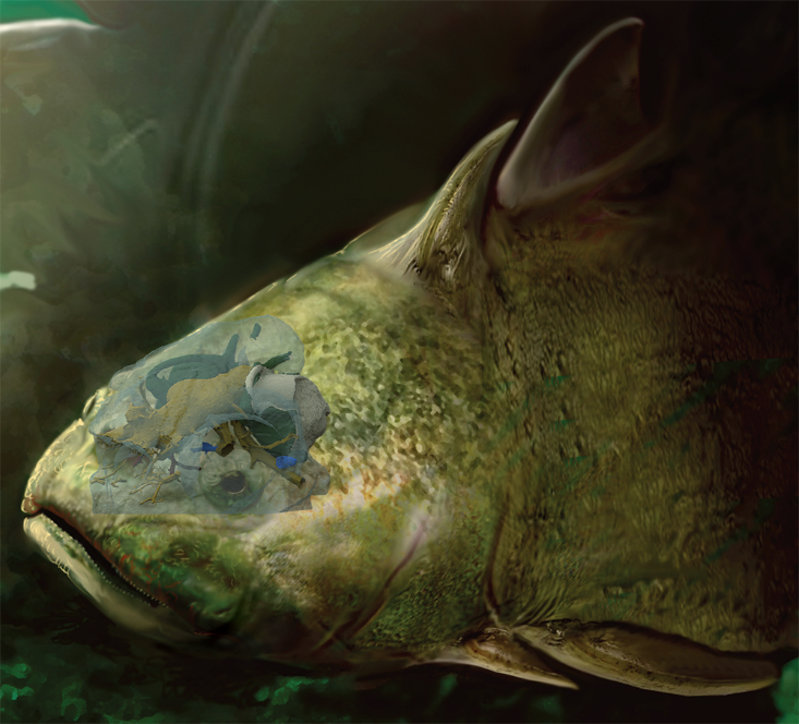 The origin of jaws leading to a radical morphological transformation of the head are among the most important events in vertebrate evolution. The rebuilding of the vertebrate head from a jawless to a jawed architecture resulted in emergence of new anatomical features, the origins of which can be traced back to our last common ancestors and further along the evolutionary lineage leading up to us, humans. A detailed anatomical examination of basal jawed vertebrates from the Lower Palaeozoic can provide crucial information for unravelling the chain of character state transitions. The project will focus on a unique collection of early vertebrate fossils (acanthothoracids) from the Devonian of the Prague Basin. The previously acquired large dataset obtained through cutting-edge data acquisition – synchrotron microtomography – will maximise the informative potential and scientific value of the studied fossils. The subsequent analysis of virtually visualised 3D anatomical structures, ranging in scale from whole-body morphology down to histology with single-cell resolution, will provide a whole new approach to palaeontology, where fossil material can readily substitute biological samples.
The origin of jaws leading to a radical morphological transformation of the head are among the most important events in vertebrate evolution. The rebuilding of the vertebrate head from a jawless to a jawed architecture resulted in emergence of new anatomical features, the origins of which can be traced back to our last common ancestors and further along the evolutionary lineage leading up to us, humans. A detailed anatomical examination of basal jawed vertebrates from the Lower Palaeozoic can provide crucial information for unravelling the chain of character state transitions. The project will focus on a unique collection of early vertebrate fossils (acanthothoracids) from the Devonian of the Prague Basin. The previously acquired large dataset obtained through cutting-edge data acquisition – synchrotron microtomography – will maximise the informative potential and scientific value of the studied fossils. The subsequent analysis of virtually visualised 3D anatomical structures, ranging in scale from whole-body morphology down to histology with single-cell resolution, will provide a whole new approach to palaeontology, where fossil material can readily substitute biological samples.
[2023-2025, funded by P JAC project CZ.02.01.01/00/22_010/0002902 MSCA Fellowships CZ – CU; V. Vaškaninová – fellow, P. Kraft – mentor]
Detrital zircon geochronology as a tool for interpreting terrane provenance
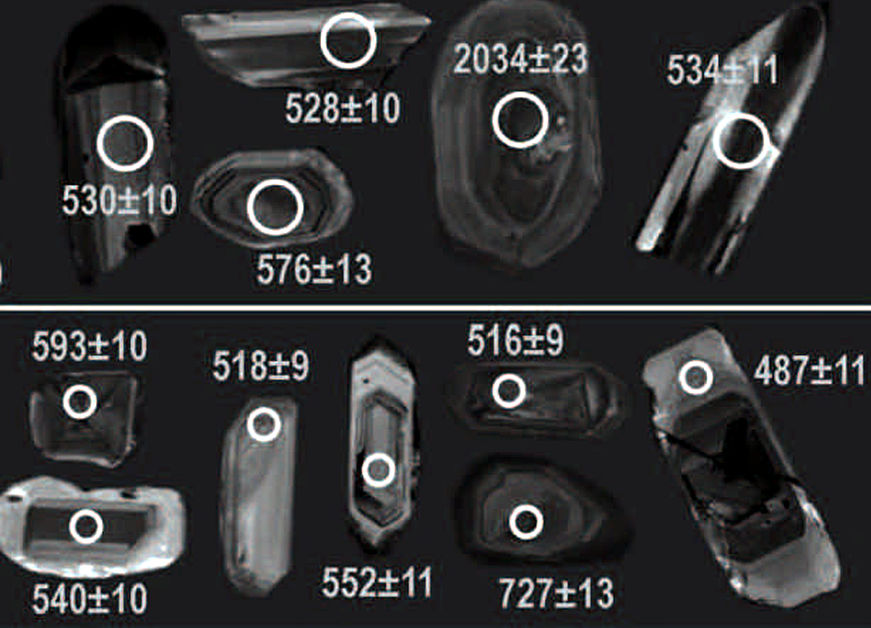 Detrital zircon U–Pb geochronology has been widely used, in many cases as the only available method, to interpret provenance of crustal fragments (terranes) displaced from the site of their origin and incorporated into younger orogenic belts. However, analysis of zircon age spectra may carry a significant bias that may result in large uncertainties in paleogeographic reconstrutions and geodynamic models. The project examines the validity of using detrital zircon ages as paleogeographic indicators through the use of advanced statistical methods such as multi-dimensional scaling (MDS), which, in turn, will be tested against independent constraints from Hf–Nd isotope geochemistry and paleomagnetism. Based on the example of the Avalonian–Cadomian terranes, now dispersed within the Caledonian, Variscan, and Alpine–Carpathian–Balkans orogenic belts, the project is directed towards derivation of a general model of how detrital zircon ages potentially record terrane displacements along or away of continental margins.
Detrital zircon U–Pb geochronology has been widely used, in many cases as the only available method, to interpret provenance of crustal fragments (terranes) displaced from the site of their origin and incorporated into younger orogenic belts. However, analysis of zircon age spectra may carry a significant bias that may result in large uncertainties in paleogeographic reconstrutions and geodynamic models. The project examines the validity of using detrital zircon ages as paleogeographic indicators through the use of advanced statistical methods such as multi-dimensional scaling (MDS), which, in turn, will be tested against independent constraints from Hf–Nd isotope geochemistry and paleomagnetism. Based on the example of the Avalonian–Cadomian terranes, now dispersed within the Caledonian, Variscan, and Alpine–Carpathian–Balkans orogenic belts, the project is directed towards derivation of a general model of how detrital zircon ages potentially record terrane displacements along or away of continental margins.
[2023–2025, supported Czech Science Foundation project No. 23-06708S to J. Žák]
Seagrass/seaweed meadows – overlooked Phanerozoic ecosystems: their identification in the fossil record using organic geochemistry proxies
 Seagrass/seaweed meadows are key contributors to the production and accumulation of organic matter in the shelf areas. Since seagrasses/seaweeds are not well predisposed for fossilization, the primary aim of this project is to use a set of organic geochemistry proxies to identify them in the fossil record. Although there are some studies focused on the biogeochemistry of modern seagrass meadows, they have never been tested for the application on pre-Quaternary ecosystems. We plan to employ a simple set of various organic geochemical proxies: determination of thermal maturity of samples, a simple biomarker study and subsequent interpretations using chromatographic analyses of extracts. The presence and distribution of lipid tracers together with the presence of pentacyclic triterpenoids, are useful for understanding of paleo-ecosystems. Aliphatic hydrocarbons are good as recorders of organic matter. Other biomarkers can be used to interpret the depositional conditions such as paleo-salinity, redox conditions.
Seagrass/seaweed meadows are key contributors to the production and accumulation of organic matter in the shelf areas. Since seagrasses/seaweeds are not well predisposed for fossilization, the primary aim of this project is to use a set of organic geochemistry proxies to identify them in the fossil record. Although there are some studies focused on the biogeochemistry of modern seagrass meadows, they have never been tested for the application on pre-Quaternary ecosystems. We plan to employ a simple set of various organic geochemical proxies: determination of thermal maturity of samples, a simple biomarker study and subsequent interpretations using chromatographic analyses of extracts. The presence and distribution of lipid tracers together with the presence of pentacyclic triterpenoids, are useful for understanding of paleo-ecosystems. Aliphatic hydrocarbons are good as recorders of organic matter. Other biomarkers can be used to interpret the depositional conditions such as paleo-salinity, redox conditions.
[2023–2025, supported Czech Science Foundation project No. 23-05217S to K. Holcová]
Metabasites of the Jizerské hory (Jizera Mountain) type as a trans-cultural link between Central European Prehistoric communities
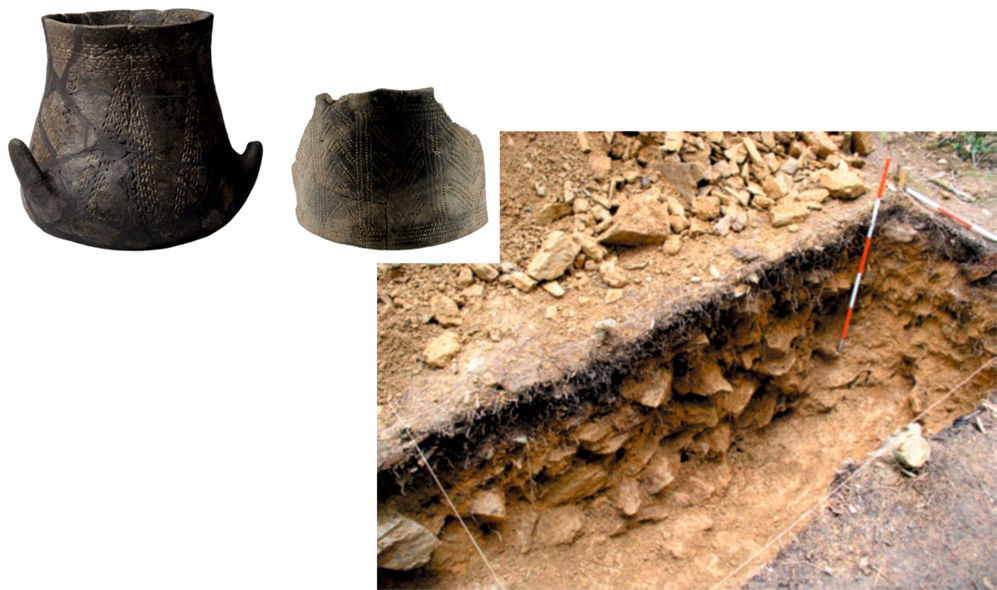 Compared to siliceous rock, the non-siliceous rock of European prehistory has received little attention to date. And yet, the materials of polished tools represent a pan-European topic fostering international discussion. The core of the project focuses on the Early and Middle Neolithic environment in central Europe (5500/5400–4500/4300 cal BC, i.e., the Linear pottery culture /LBK/ and the Stroked Pottery culture /SBK/ in the traditional terminology). And yet, the subject also permits a retrospective look into the period of the Upper Mesolithic (c. 6000–5400 cal BC) and the continuity of use of a key material – metabasites of the Jizerské hory type. A methodology of accurate non-destructive mineralogical and geochemical analysis has already been developed for the needs of the project, and attention was paid to this method in recent years. The results of a number of analyses can be compared to existing ethnographic distribution models. The project’s subject offers possibilities for international multidisciplinary cooperation.
Compared to siliceous rock, the non-siliceous rock of European prehistory has received little attention to date. And yet, the materials of polished tools represent a pan-European topic fostering international discussion. The core of the project focuses on the Early and Middle Neolithic environment in central Europe (5500/5400–4500/4300 cal BC, i.e., the Linear pottery culture /LBK/ and the Stroked Pottery culture /SBK/ in the traditional terminology). And yet, the subject also permits a retrospective look into the period of the Upper Mesolithic (c. 6000–5400 cal BC) and the continuity of use of a key material – metabasites of the Jizerské hory type. A methodology of accurate non-destructive mineralogical and geochemical analysis has already been developed for the needs of the project, and attention was paid to this method in recent years. The results of a number of analyses can be compared to existing ethnographic distribution models. The project’s subject offers possibilities for international multidisciplinary cooperation.
[2023–2025, supported Czech Science Foundation project No. 23-05334S to P. Burgert, V. Kachlík]
Towards integrated stratigraphy of the Late Paleozoic in eastern equatorial Pangea
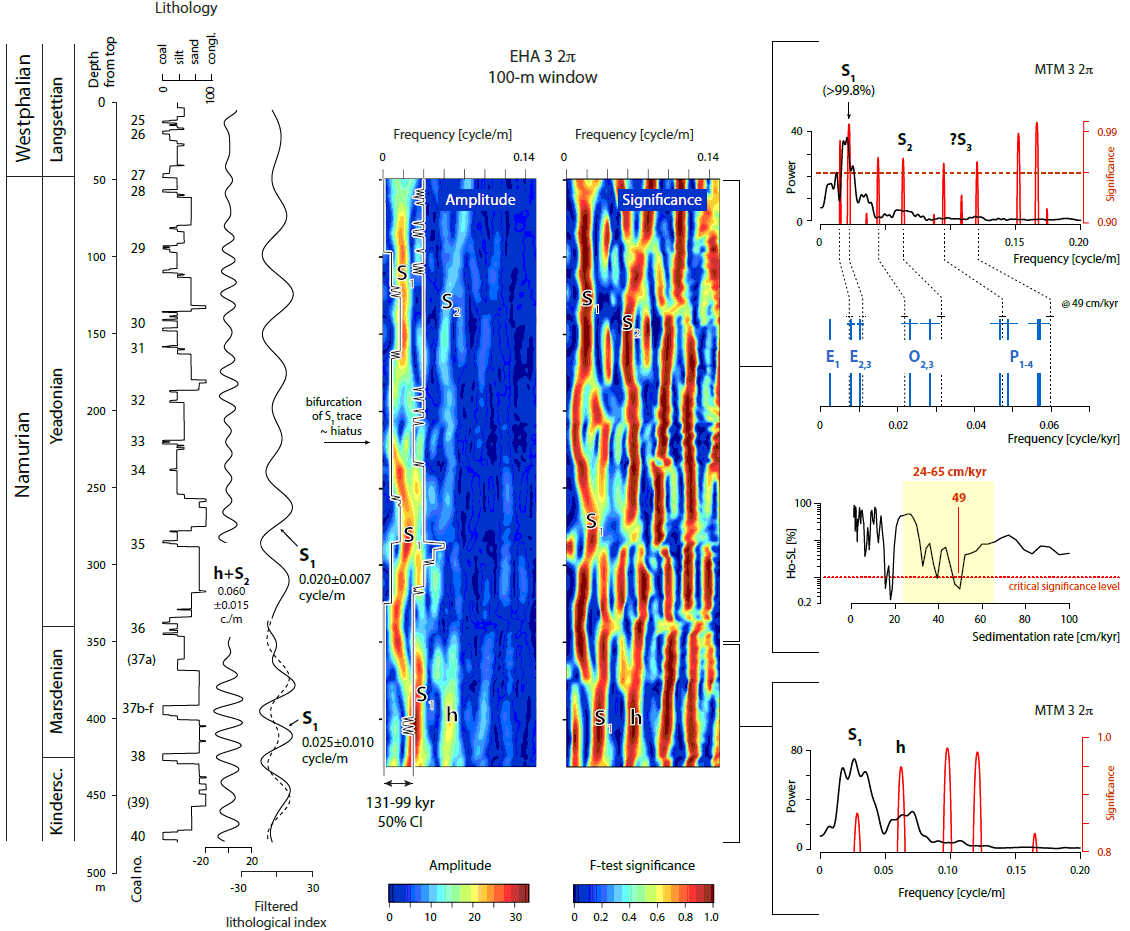 The project aims to establish orbitally-tuned and radioisotopically calibrated cyclostratigraphiesin selected Late PaleozoicVariscan basins further integrated with climatic and biotic recordsand correlated in a high resolution to the type areas of marine-based global stages.We plan a robust testing of Late Paleozoic sedimentary successions by a combination ofmethods of sedimentary geology, isotopic geochronology and bio-, litho- and cyclostratigraphyto (1) identify patterns of depositional cyclicity, (2) their duration and (3) origin in varioustectonic and paleogeographic settings of the Upper Silesian Basin, continental basins of theBohemian Massif and the Ruhr and Amasra basins of the former eastern tropical Pangea. Theresults will provide a powerful tool for establishment of a high-resolution orbitally-tuned andradioisotopically (TIMS) calibrated basin stratigraphies. A detailed correlation among the basinsof the north Variscan foreland and its interior will be addressed. The foreland basins will becorrelated (cycle-by-cycle) with orbitally-tuned section of the Donets Basin to refine correlationof West European regional stages to marine-based global stages. Integration of climatic signalfrom geochemical research of paleosols and analysis of fossil record will allow high resolutionreconstruction of climatic and related biotic dynamics.
The project aims to establish orbitally-tuned and radioisotopically calibrated cyclostratigraphiesin selected Late PaleozoicVariscan basins further integrated with climatic and biotic recordsand correlated in a high resolution to the type areas of marine-based global stages.We plan a robust testing of Late Paleozoic sedimentary successions by a combination ofmethods of sedimentary geology, isotopic geochronology and bio-, litho- and cyclostratigraphyto (1) identify patterns of depositional cyclicity, (2) their duration and (3) origin in varioustectonic and paleogeographic settings of the Upper Silesian Basin, continental basins of theBohemian Massif and the Ruhr and Amasra basins of the former eastern tropical Pangea. Theresults will provide a powerful tool for establishment of a high-resolution orbitally-tuned andradioisotopically (TIMS) calibrated basin stratigraphies. A detailed correlation among the basinsof the north Variscan foreland and its interior will be addressed. The foreland basins will becorrelated (cycle-by-cycle) with orbitally-tuned section of the Donets Basin to refine correlationof West European regional stages to marine-based global stages. Integration of climatic signalfrom geochemical research of paleosols and analysis of fossil record will allow high resolutionreconstruction of climatic and related biotic dynamics.
[2022–2024, supported Czech Science Foundation project No. 22-11661K to S. Opluštil]

